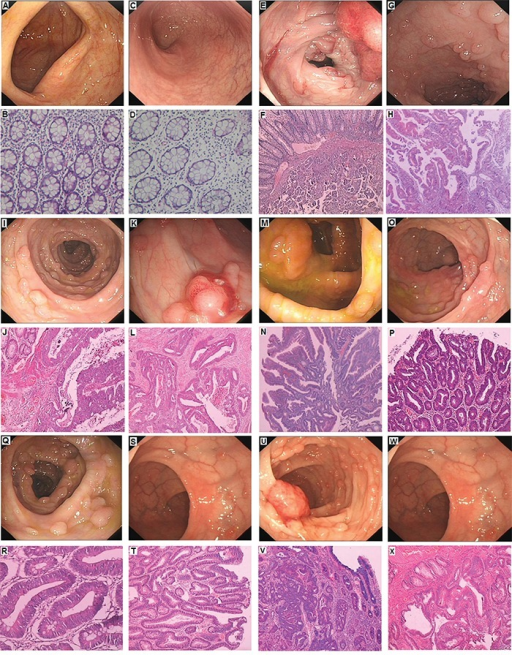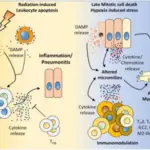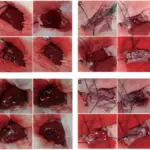Neoplasia Neoplasia Pathology Video Neoplasia means new growth. Neoplasia begins as a single mutated cell. Prior to the onset of the early clinical symptoms, there are about 30 cellular divisions of the neoplastic cell. Neoplasia is not reparative. Neoplasia is…
Neoplasia Pathology Study Guide

Clinical DescriptionA-B. No polyps in the colon of unaffected member with normal histology (III-2). C-D. No polyps in the rectum of unaffected member with normal histology (III-2). E-F. Polyps in the colon, Cancer invading in the submucosa in proband (III-1); G-H. Polyps of rectum showing Low grade intraepithelial neoplasia (dysplasia), the gland of local lesion showing High grade intraepithelial neoplasia (dysplasia) in proband (III-1). I-J. Polyps of colon showing High grade intraepithelial neoplasia (dysplasia) in III-4; K-L. Polyps of rectum, adenocarcinoma in III-4. M-N. Polyps of colon is Low grade intraepithelial neoplasia (dysplasia), the gland of local lesion is High grade intraepithelial neoplasia (dysplasia) in III-5; O-P. Polyps of rectum are Low grade intraepithelial neoplasia (dysplasia) in III-5; Q-R. Polyps of colon are Low grade intraepithelial neoplasia (dysplasia) in III-7; S-T. Polyps of rectum are Low grade intraepithelial neoplasia (dysplasia) in III-7; U-V. Polyps of colon are High grade intraepithelial neoplasia (dysplasia) in III-9; W-X. Polyps of rectum are Low grade intraepithelial neoplasia (dysplasia) in III-9. A novel pathogenic large germline deletion in adenomatous polyposis coli gene in a Chinese family with familial adenomatous polyposis. Oncotarget. Not Altered. CC.


